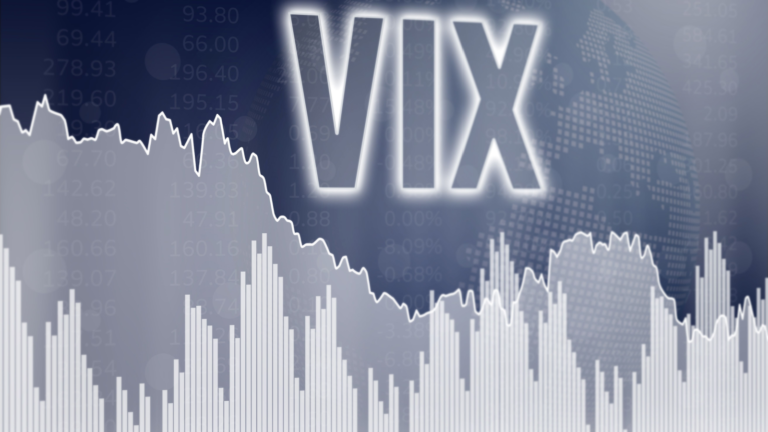The stock market is once again gripped by turmoil as the CBOE Volatility Index (VIX) spikes higher following the latest comments on interest rates by U.S. Federal Reserve Chair Jerome Powell.
The VIX, as the Volatility Index is commonly known, has now climbed nearly 30% higher over the past five trading sessions, showing that traders and investors are increasingly uncertain about holding equities. A rise in the VIX almost always corresponds with a sharp downturn in stock prices. The VIX hit its highest level in more than 10 years on March 20, 2020, when markets around the world crashed after the World Health Organization (WHO) declared the spread of Covid-19 to officially be a pandemic.
Rattled by the Fed
Markets sold off sharply yesterday after Fed Chair Powell said that the U.S. central bank is likely to raise interest rates one more time this year to help lower inflation. This also means that rates will remain higher for longer than previously expected. The S&P 500 index dropped nearly 1%, and the Nasdaq index closed down 1.5% after Powell’s remarks. The selloff is continuing today.
While the Fed left its trendsetting interest rate in its current range of 5.25% to 5.50%, as was widely expected, markets reacted negatively to the prospect of further rate increases and that interest rates might remain elevated for an extended period of time. The benchmark Fed Funds Rate is already at its highest level in 22 years. The central bank’s internal projections show the likelihood of one more interest rate hike this year, followed by two rate cuts in 2024, about half the number of rate cuts that Wall Street had priced in for next year.
Traders and investors are now adjusting to the reality that the Fed Funds Rate could end 2024 above 5%, which would be higher than hoped. The latest inflation data showed that U.S. consumer prices were 3.7% higher in August of this year than in the same month of 2022. The Fed targets inflation at a 2% annualized rate. While inflation is down from a peak of 9.1% in June 2022, it has been creeping up in recent months due largely to higher oil and gas prices.
“The process of getting inflation sustainably down to 2% has a long way to go,” said Powell when speaking to the media.
The VIX Shows Volatility Has Returned
Markets are reacting to Powell’s comments and the prospect of “higher for longer” with a sharp sell off in stocks. This is leading to the VIX, often referred to as the “fear gauge,” spiking sharply. The volatility index is up 8% today and has increased 29% over the past week. It’s a stark reversal for the VIX, which had been in decline after last year’s bear market. Even with the current rise, the VIX is down 27% this year after markets staged a recovery between January and June, followed by subdued trading since the start of August.
The spike in the CBOE Volatility Index is a clear sign that investors are unnerved by the outlook on interest rates. Is the current move higher a sign that markets could crash? Never say never. However, from a historical perspective, the VIX is low right now. In fact, even with the current rise, the index is still near its lowest level of the past five years. The all-time high for the VIX came during the 2008 market crash that was due to the financial crisis. The VIX is currently 80% below the level it was at in 2008 when markets around the world were in crisis.
What’s Next
Stocks are in the red today as markets digest the outlook for interest rates over the next 18 months. The decline is unsettling and causing the VIX to move sharply higher. However, investors should keep in mind that markets will adjust to the Fed’s latest comments and forecast. While there is likely to be continued volatility in the near term, it is unlikely that the stock market will crash based on the central bank’s future plans for interest rates, especially since the U.S. economy is showing signs of resilience and has not fallen into a recession.
That said, it would be prudent for investors to keep an eye on the VIX in the coming days in case things get worse in the market before they get better.
On the date of publication, Joel Baglole did not have (either directly or indirectly) any positions in the securities mentioned in this article. The opinions expressed in this article are those of the writer, subject to the InvestorPlace.com Publishing Guidelines.

